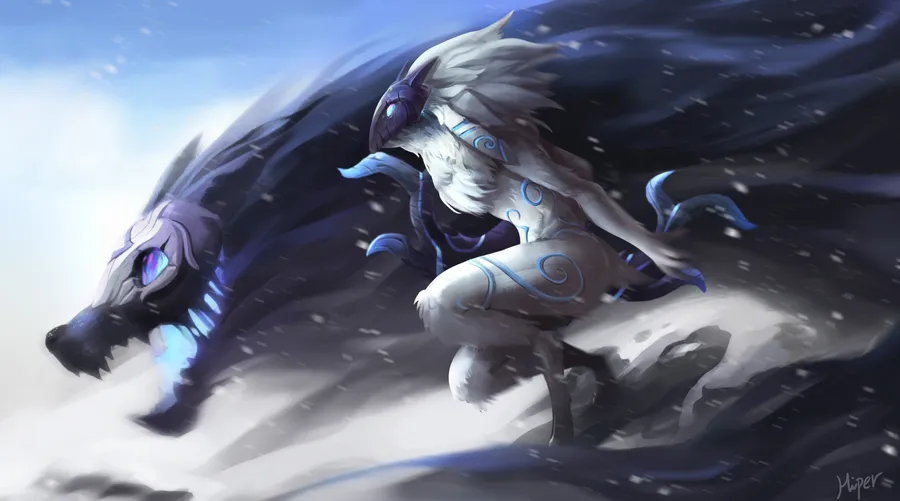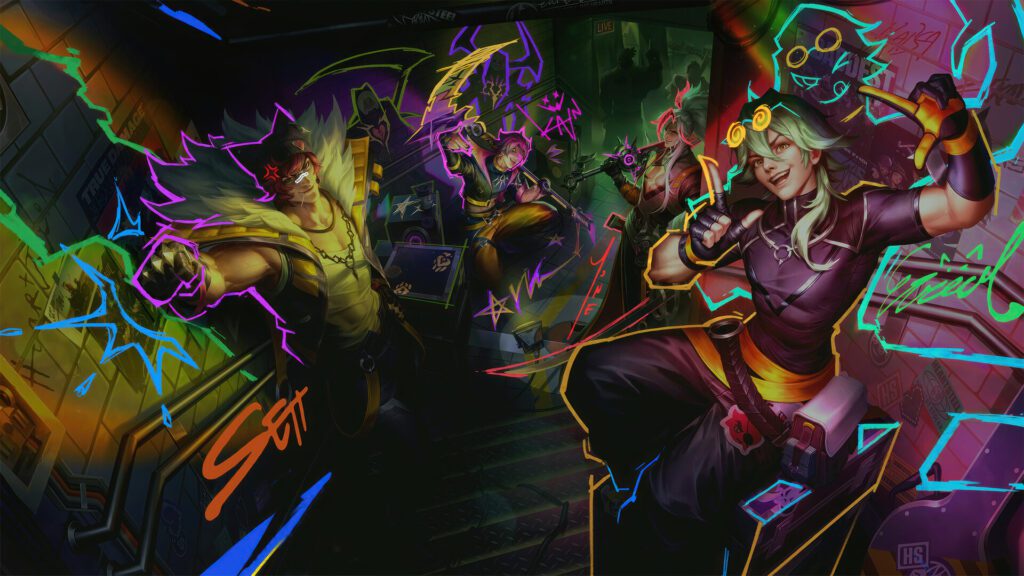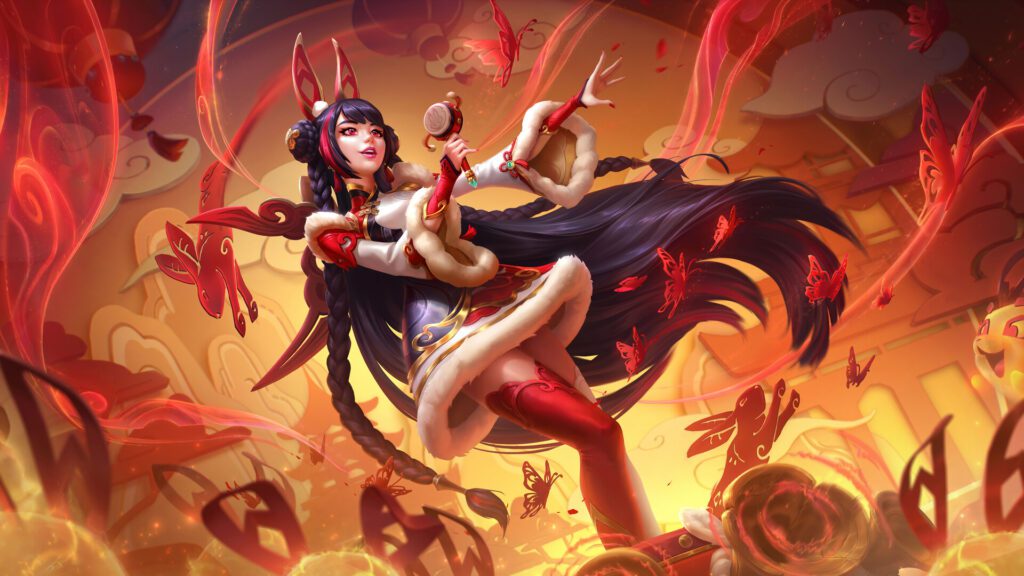The introduction of LoL 2011 champions profoundly shaped the landscape of League of Legends, bringing new dynamics and strategic depth to the game. With each champion release, players experienced fresh gameplay mechanics, varied lore, and unique skill sets, which not only enhanced the diversity of playstyles but also encouraged innovative tactics on the Rift.
Early Releases and Their Significance
In the earlier part of 2011, champions like Jarvan IV graced the Rift. Known as the Exemplar of Demacia, Jarvan IV quickly became a symbol of leadership and bravery. His kit offered players a blend of aggression and resilience, making him a strong presence in both the jungle and top lane. Jarvan’s ability to initiate team fights with his Cataclysm ultimate became a defining aspect in competitive play.
The introduction of Karma also provided a versatile mid-lane option with support capabilities. Her mantra-enhanced abilities allowed for flexible play, making her a strategic choice for teams looking to blend offense with defense.
Summer Releases: Shaping New Strategies
As summer 2011 approached, champions like Wukong and Leona were released, bringing new layers of strategy. Wukong, with his deceptive abilities and high mobility, offered unique outplay potential, rapidly becoming a favorite among players fond of guerilla warfare tactics. Leona, on the other hand, fortified the bot lane with her unparalleled crowd control and tankiness, redefining support roles and initiating powerful engagements thanks to her Solar Flare ultimate.
Autumn Champions: Diverse Playstyles Emerge
In the later months of 2011, the introduction of champions like Xerath and Shyvana introduced formidable new threats. Xerath’s long-range magical prowess enabled teams to siege objectives from a safe distance, reshaping poke compositions and providing new strategies for sieging towers.
Shyvana’s hybrid kit blurred the lines between a bruiser and a tank. As a dragon, she became a dominant force in the jungle, blending speed and power to hunt down enemies and control objectives fiercely.
The Influence of Riot Games’ Design Philosophy
Riot Games’ design philosophy in 2011 aimed to diversify the champion pool and deliver balanced, engaging gameplay. By crafting each champion with distinct themes and kits, Riot not only focused on thematic uniqueness but also ensured that each release broadened the strategic options available to players.
Competitive Scene and LoL 2011 Champions
Many LoL 2011 champions impacted the competitive scene profoundly. Pros utilized these new entrants to craft innovative strategies, forcing opponents to adapt continually. For instance, the presence of champions like Nocturne emphasized the importance of vision control, as his Paranoia ultimate demanded strategic positioning and teamwork to counter effectively.
Conclusion: Lasting Impact and Evolution
The legacy of LoL 2011 champions persists today. Their introduction not only diversified the champion roster but also propelled League of Legends forward in terms of strategy and gameplay innovation. As a testament to Riot Games’ evolving design tactics, these champions remain central to both old and new players, exemplifying how League continues to grow and adapt.
Rediscovering the LoL 2011 Champions
For players interested in delving into the joys of champions released in 2011, we recommend exploring the diversity of styles they offer. Familiarizing oneself with these champions can provide new insights and appreciation for the history and ongoing evolution of League of Legends. For a deeper dive into specific strategies and gameplay mechanics, resources like Mobalytics offer comprehensive guides and tools for honing skills with these classic champions.
Frequently Asked Questions about LoL 2011 Champions
Who were some notable LoL 2011 champions and their impact on the game?
In 2011, champions like Jarvan IV, Karma, Wukong, Leona, Xerath, and Shyvana were introduced. Their unique abilities and roles significantly influenced gameplay and meta strategies, such as Jarvan IV’s powerful team fight initiation and Leona’s crowd control in bot lane.
How did the release of LoL 2011 champions influence competitive play?
The release of LoL 2011 champions brought new dynamics to competitive play. For example, Jarvan IV’s Cataclysm introduced new team fight strategies, while Nocturne’s Paranoia elevated the importance of vision control and positioning during matches.
What design philosophy did Riot Games employ for the LoL 2011 champions?
Riot Games aimed to diversify the champion pool with unique kits and themes, ensuring each champion introduced broadened strategic options for players and balanced gameplay, thus elevating the tactical depth of League of Legends.
How did the introduction of champions like Wukong and Leona shape new strategies?
Wukong introduced high mobility and deceptive plays, offering outplay potential, while Leona redefined support roles with her tankiness and crowd control, encouraging aggressive bot lane partnerships and team fight initiations.
Which resources can help players master LoL 2011 champions?
Platforms like Mobalytics provide comprehensive guides and tools specific to mastering LoL 2011 champions, offering insights into strategies and optimal gameplay mechanics for each champion, enhancing player proficiency.
What lasting impact do LoL 2011 champions have on current gameplay?
The champions released in 2011 continue to influence current gameplay by offering versatile roles and strategic depth, maintaining their relevance in both casual and competitive scenes, and embodying Riot’s commitment to evolving game dynamics.
Visit LOLNOW.GG to get all the latest news and updates about LOL and League of Legends!




